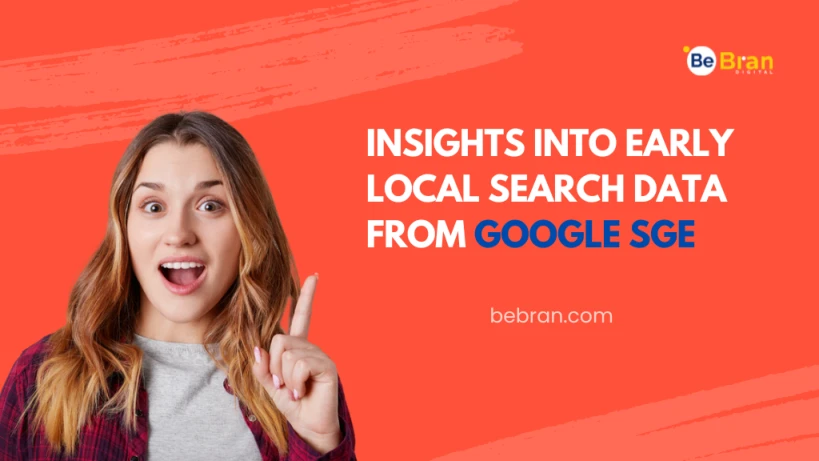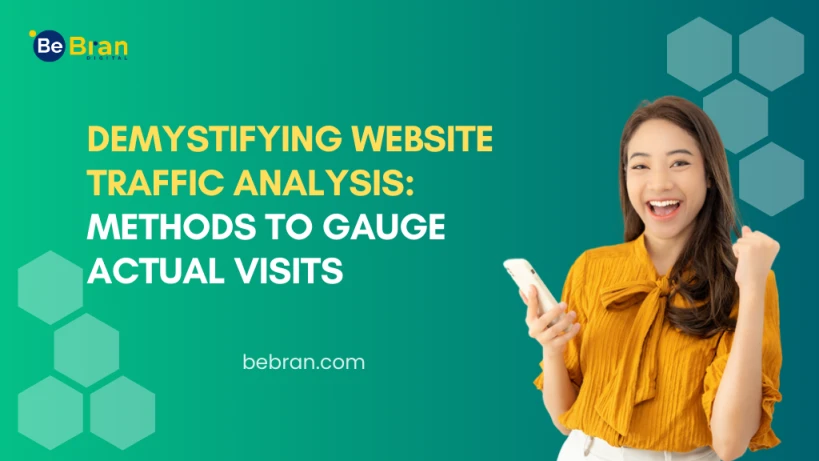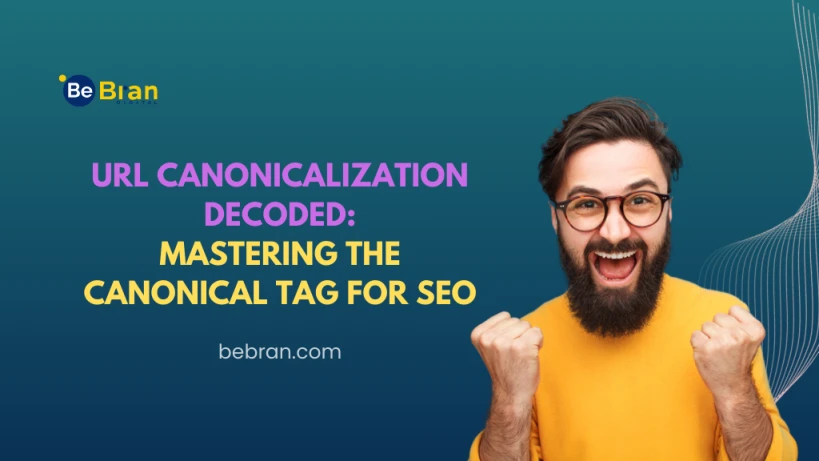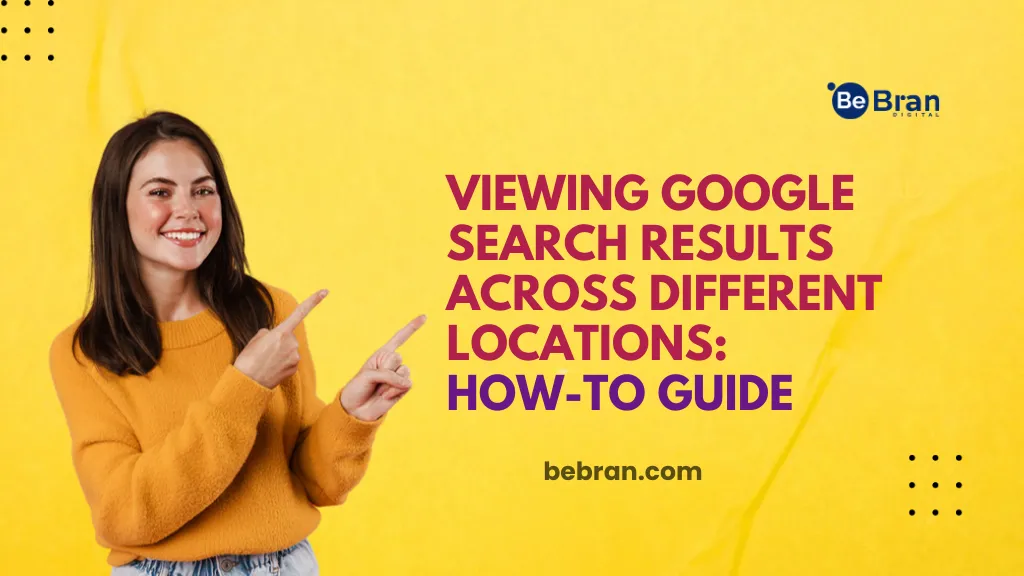
In the dynamic world of SEO, image optimization is a crucial aspect often overlooked. Image Sitemaps, however, are a powerful tool that can transform your website's visibility in image search results. This guide is crafted to demystify Image Sitemaps and their pivotal role in image SEO. By the end of this journey, you'll not only understand how to create and submit an Image Sitemap but also implement best practices that enhance your images' performance in search rankings.
An Image Sitemap is a specialized type of XML sitemap that provides search engines with detailed information about the images on a website. It lists out specific image URLs along with associated metadata like captions, titles, image tags, and the page they are located on. This helps search engines understand and index images more effectively.
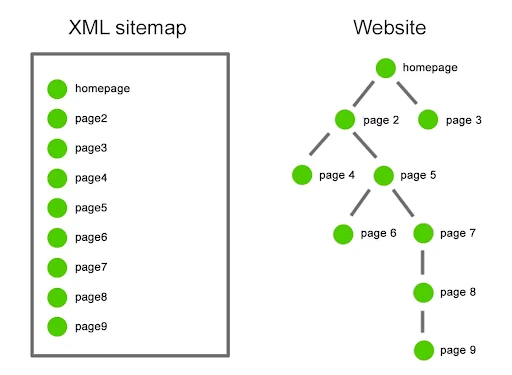
Purpose:
Image Sitemaps contribute significantly to SEO through several mechanisms:

Image Sitemaps, along with effective Image Optimization for SEO, play a critical role in ensuring that your website's images are not only discovered by search engines but also presented to users in the most relevant and effective manner. This leads to improved visibility, user experience, and ultimately, better SEO performance.
Creating an Image Sitemap
An Image Sitemap typically includes URLs, image descriptions, and more. These components allow search engines to understand the content and context of your images better. When you create an Image Sitemap, you're not just listing images. You're optimizing them for search engines, ensuring they're discoverable. This is the heart of Image Optimization for SEO. Proper file names, alt tags, and captions are crucial.
An XML Sitemap is a structured document that serves as a roadmap for search engines, informing them about the organization of a website's content. By understanding this structure, search engines can more efficiently crawl and index web pages. Here's a detailed look:
The XML Sitemap Structure is a crucial tool for search engine optimization. It ensures that search engines are informed about the content layout, making content discoverable and increasing the chances of higher rankings.
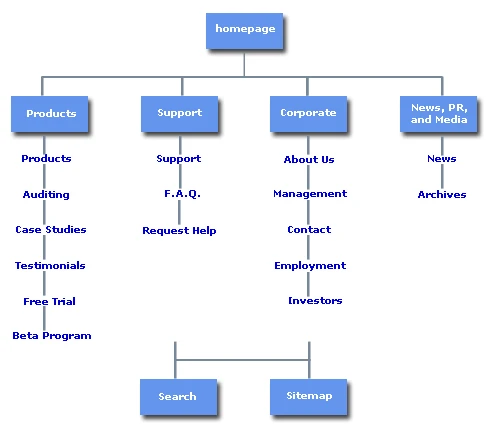
An XML Sitemap doesn't replace the regular methods of crawling the web but rather supplements them. By using an XML Sitemap, website owners can have a significant impact on improving their site's visibility and SEO performance.
Including Image Information in a digital context refers to the practice of adding descriptive and contextual details to images. This not only aids in enhancing the user experience but is also pivotal for search engine optimization (SEO). By embedding pertinent data like alt text, captions, titles, and geolocation, images become more accessible, especially for visually impaired users relying on screen readers. Moreover, these descriptors give search engines a clearer understanding of the image content, making them more likely to rank well in image searches. Effectively, including accurate image information ensures that images are both user-friendly and search engine-friendly.
Validating the Sitemap ensures that it adheres to the proper XML structure and standards set by search engines. This process identifies errors or discrepancies within the sitemap, ensuring that search engines can accurately crawl and index the website's content. Validation tools, like Google Search Console, provide feedback on errors, allowing webmasters to make necessary corrections. In essence, sitemap validation guarantees optimal search engine understanding and indexing of a website's structure.
Submitting image sitemaps to search engines is a pivotal step in optimizing image visibility on the web. By providing search engines with a specific roadmap of images hosted on a site, webmasters can ensure better indexing. Platforms like Google Search Console and Bing Webmaster Tools allow sitemap submissions. Once submitted, these sitemaps inform search engines about the existence and location of images, facilitating improved ranking in image search results and enhanced online visibility.
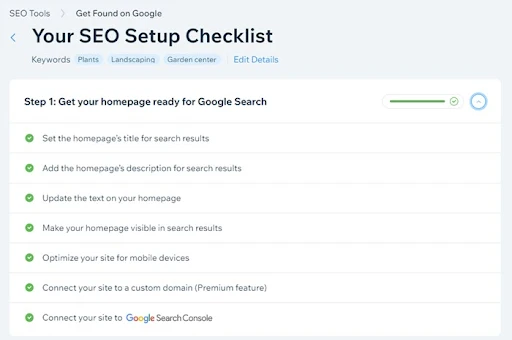
Google Search Console (GSC) is a free service offered by Google that aids webmasters in monitoring, maintaining, and troubleshooting their website's presence in Google Search results. It provides insights into how Googlebot views a site and offers feedback on potential issues.
Features and Benefits:
Bing Webmaster Tools (BWT) is Microsoft's counterpart to GSC, designed to help webmasters understand their site's performance in the Bing search engine.
Features and Benefits:
Beyond Google and Bing, there are other search engines like DuckDuckGo, Yandex, and Baidu. Each has its tools and methodologies for webmasters.
Features and Benefits:
Incorporating the tools and insights from these platforms ensures that Image Optimization for SEO strategies is holistic, capturing the nuances of each search engine's preferences and maximizing the potential of Image SEO.
Image SEO Best Practices encompass techniques ensuring images boost a site's visibility in search engine results. Key practices include using descriptive file names, optimizing image file sizes without compromising quality, adding relevant alt text for context, ensuring responsive design for varied device sizes, and incorporating structured data for rich results. Together, these strategies ensure images not only enhance user experience but also contribute significantly to a website's overall SEO performance.
The file name of an image can convey vital information to search engines about the content of the image, thereby playing an integral role in Image SEO.
Alt text (alternative text) serves as a description of an image and is crucial for both accessibility and Image SEO.
Large image files can drastically reduce page load speed, affecting the user experience and SEO. Compressing images ensures faster loading while retaining quality.
High-quality images are vital for user engagement and can enhance a website's aesthetic appeal and credibility.

By adhering to these practices, not only does the visual appeal and user experience of a website enhance, but it also significantly boosts Image SEO, ensuring images contribute effectively to a site's overall SEO strategy. Incorporating Image Sitemaps further amplifies this, ensuring every optimized image is accessible and indexable by search engines.
Continuous monitoring ensures that Image Optimization for SEO strategies is effective and beneficial. By assessing the performance, necessary adjustments can be made to improve Image SEO. Platforms like Google Analytics and Google Search Console offer insights into how images perform in search results. Regular analysis can reveal trends, allowing webmasters to understand what users prefer and adjust their strategies accordingly.
Impressions measure how often an image appears in search results, while clicks reflect user interactions with the image.
Understanding the amount and quality of traffic coming from image searches can help in refining Image Optimization for SEO strategies.
Keeping an eye on where images rank in search results is crucial for Image SEO.
Image Sitemaps are valuable tools for Image SEO, but they can encounter problems like broken URLs, incorrect image data, and sitemap errors. To address these issues:
The landscape of Image SEO and Sitemaps is evolving, driven by technological advancements and changing user behavior.
Here's a detailed exploration of the future of these crucial elements:
Visual Search Ascendancy:
Visual search, powered by AI and machine learning, will become more prominent. Users can snap a picture and search for related content, making Image SEO even more critical.
AI for Image Recognition:
AI algorithms will play a more significant role in understanding image content, making accurate image descriptions and metadata vital for optimization.
Augmented Reality (AR) Integration:
As AR technologies become more mainstream, Image SEO strategies may need to incorporate 3D image optimizations and AR experiences for websites to remain competitive.
Structured Data for Rich Results:
Utilizing structured data markup like Schema.org will continue to be important. Search engines will use this data to enhance image-rich search results, improving click-through rates.
Mobile-First Indexing:
With Google's mobile-first indexing policy, optimizing images for mobile devices will be critical. Responsive design and mobile-friendly image optimizations will be standard practices.
Voice Search and Image Queries:
As voice search gains popularity, the importance of well-optimized images for voice-activated search queries will increase. Alt text and context-rich image metadata will be essential.
Localization and Globalization:
For businesses targeting international markets, understanding regional preferences and search engines (like Baidu in China) will be crucial for effective Image SEO and Sitemap strategies.
Accessibility:
Web accessibility standards will become more stringent. Ensuring that images have descriptive alt text and comply with accessibility guidelines will be non-negotiable.
User Experience Integration:
User experience (UX) will continue to influence search rankings. High-quality images that enhance UX and engagement will be favored by search engines.
Content Context:
Images will need to be contextually aligned with textual content. Search engines will become more adept at identifying the relevance of images to the surrounding content.
Enhanced Analytics:
Analytical tools will provide deeper insights into user interactions with images, helping webmasters refine their Image SEO strategies further.
Performance Optimization:
As website speed becomes an even more critical factor in SEO, optimizing images for performance without compromising quality will remain paramount.
The future of Image SEO and Sitemaps is intricately tied to technological advancements and evolving user expectations. Embracing these changes will be essential for webmasters and SEO professionals to stay ahead in the digital landscape.
Image Sitemaps are a fundamental tool in any comprehensive SEO strategy. By incorporating Image Sitemaps and following best practices for image optimization, you're not just enhancing your website's image search visibility, but also enriching user experience. As search engines continue to refine their algorithms, the role of Image Sitemaps in SEO is poised to become even more significant. By implementing these strategies, you're not just adapting to current best practices, but positioning yourself for success in the evolving landscape of SEO.
1. What are Image Sitemaps, and why are they important for SEO?
Image Sitemaps are XML files that provide search engines with metadata about the images on a website. They enhance SEO by helping search engines discover and index images more effectively, leading to higher visibility in image search results.
2. How can I create an Image Sitemap for my website?
To create an Image Sitemap, you'll need to structure an XML file with image URLs along with optional metadata like titles, captions, and licenses. You can use various online tools and validators to ensure correct syntax.
3. How do I submit my Image Sitemap to search engines like Google and Bing?
In Google Search Console, navigate to the 'Sitemaps' section and submit the URL of your Image Sitemap. In Bing Webmaster Tools, enter the sitemap URL in the 'Sitemaps' section.
4. What are some best practices for Image SEO in addition to using Image Sitemaps?
Best practices include optimizing image file names, using descriptive alt text, compressing images for speed, and providing high-quality images for an enhanced user experience.
5. How can I monitor and analyze the performance of images on my website?
You can track image impressions, clicks, and user engagement metrics in tools like Google Search Console and analytics platforms to measure the impact of your Image SEO efforts.
6. What are some common issues with Image Sitemaps, and how can I troubleshoot them?
Common issues include broken image URLs, incorrect image information, and sitemap errors. Regularly validating and maintaining your Image Sitemap can help address these issues.
7. How do Image Sitemaps contribute to a mobile-friendly website?
Image Sitemaps, when properly implemented, enhance user experience on mobile devices by ensuring that images are appropriately indexed and displayed in search results.
8. How can I adapt my Image Sitemap strategy for future changes in SEO algorithms?
Staying updated with industry trends and search engine guidelines is crucial. Additionally, regularly auditing and updating your Image Sitemap can help adapt to changes in SEO algorithms.
9. Why are Image Sitemaps essential for maximizing Image SEO?
Image Sitemaps ensure that search engines are aware of every image on a website, increasing the likelihood of them appearing in search results.
10. How do Image Sitemaps differ from regular sitemaps?
While both guide search engines, Image Sitemaps specifically focus on images, containing metadata about the images on a site.
11. How often should I audit my Image Sitemap for errors?
Regular checks, ideally monthly, can help identify and rectify issues, ensuring consistent Image Optimization for SEO.
12. Can broken image URLs affect my site's SEO performance?
Yes, broken URLs can lead to a poor user experience and signal to search engines that the site may not be well-maintained.
13. Why is alt text important in Image SEO?
Alt text provides context to search engines and aids visually impaired users, making it crucial for accessibility and optimization.
14. How can I ensure my images are optimized for mobile devices?Using responsive design techniques and ensuring images are compressed without compromising quality can provide an optimal mobile experience.
By focusing on these areas, webmasters can harness the power of Image Sitemaps and ensure their Image SEO strategies are robust, effective, and future-ready.














